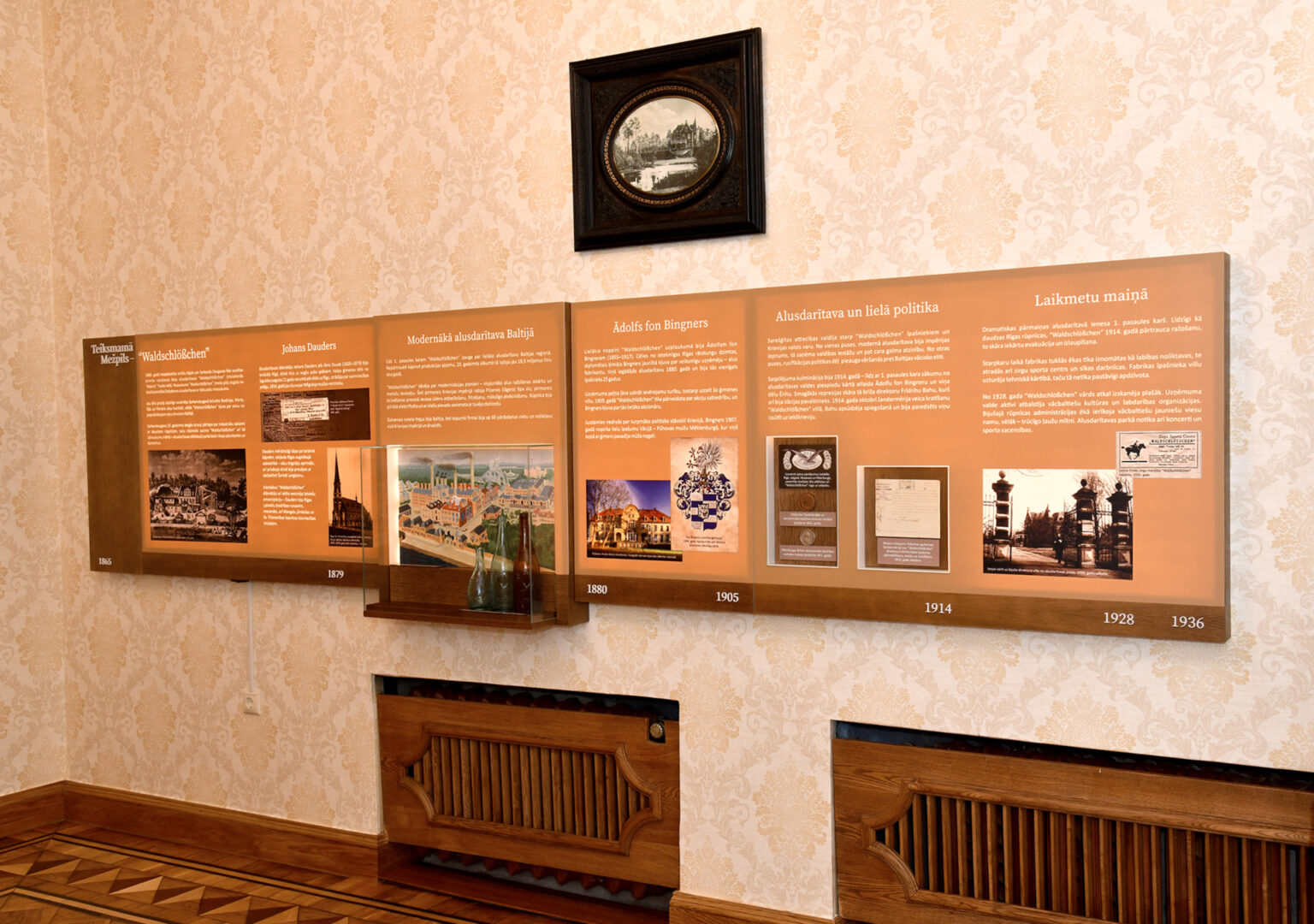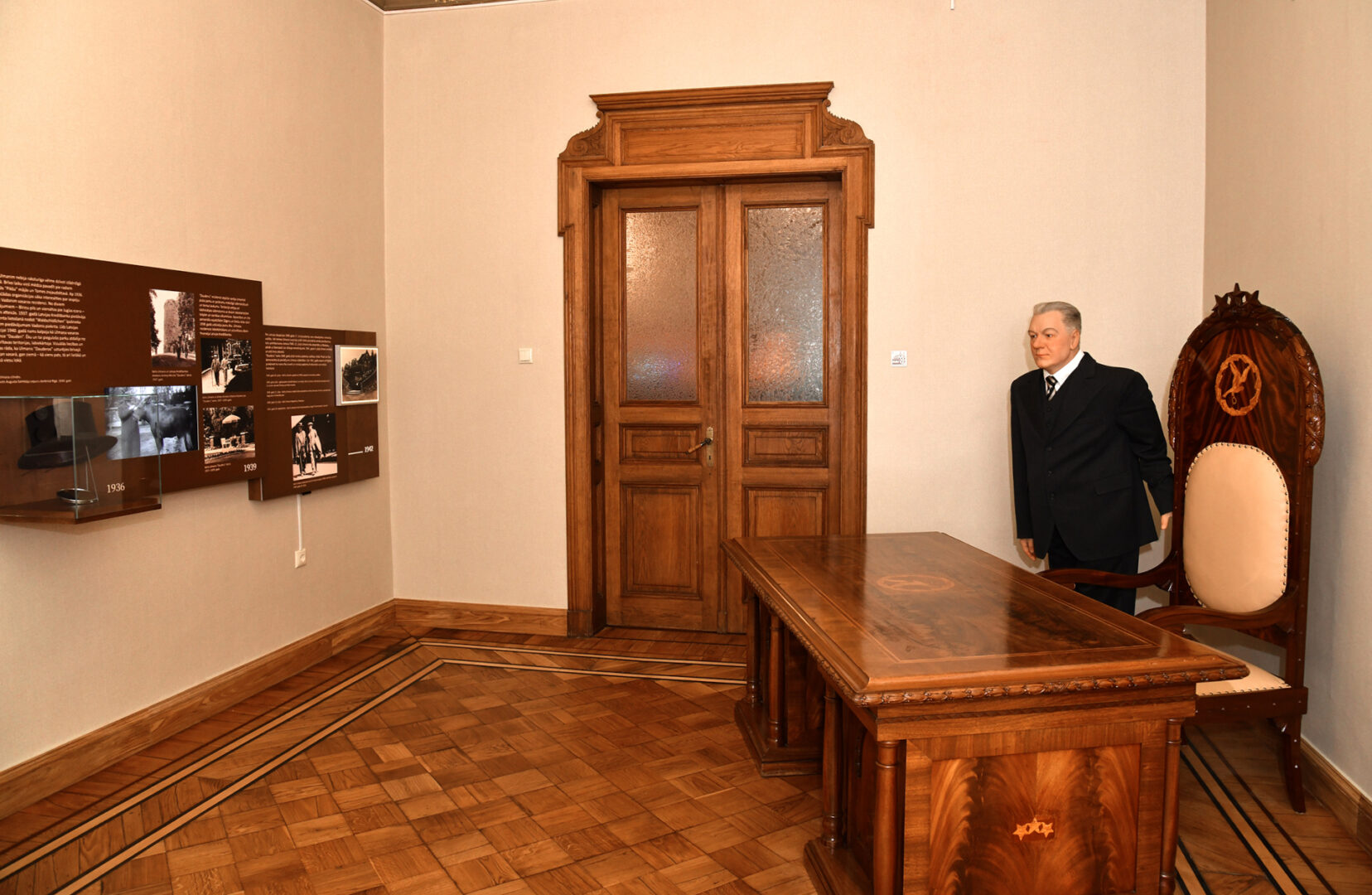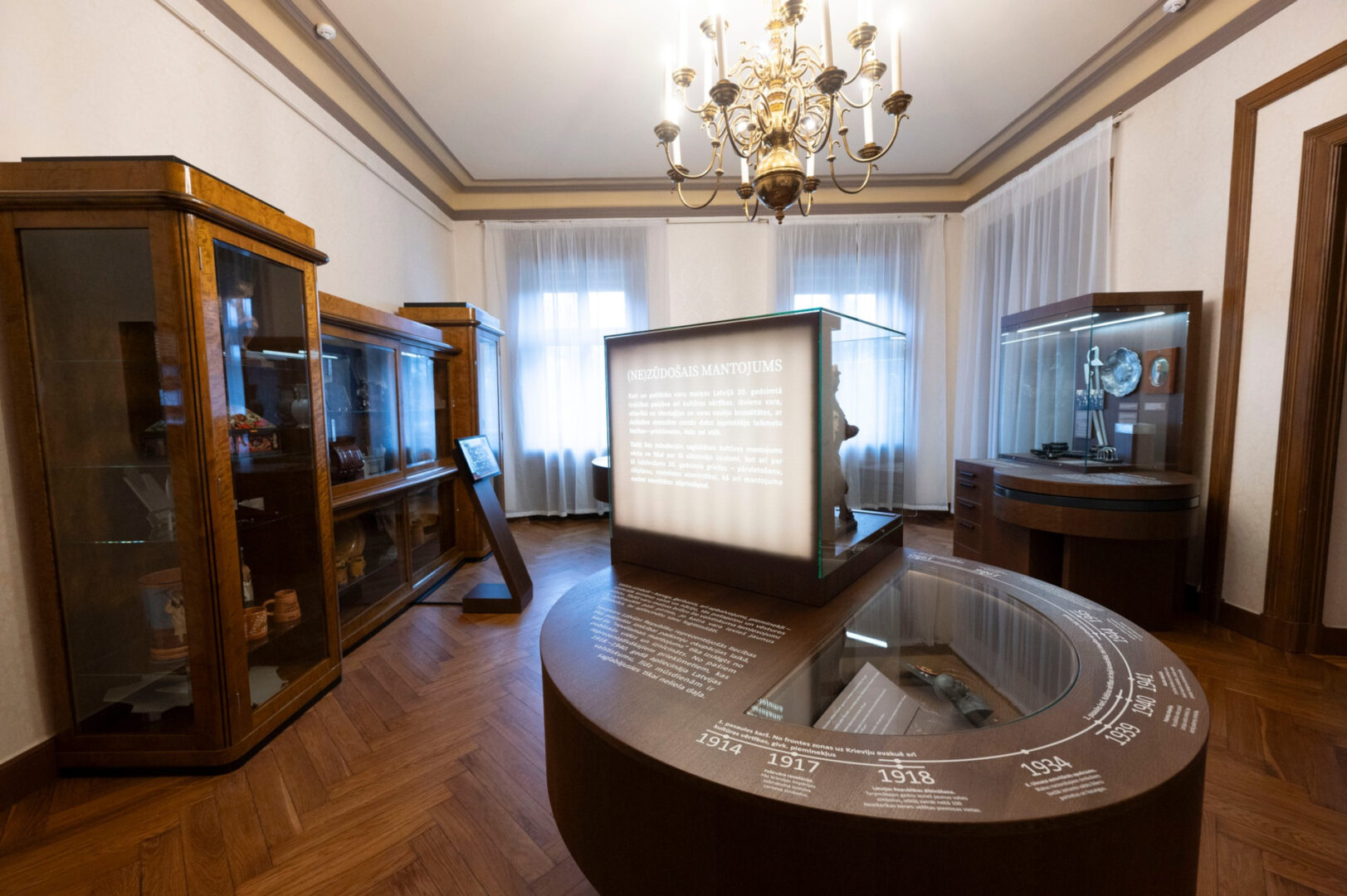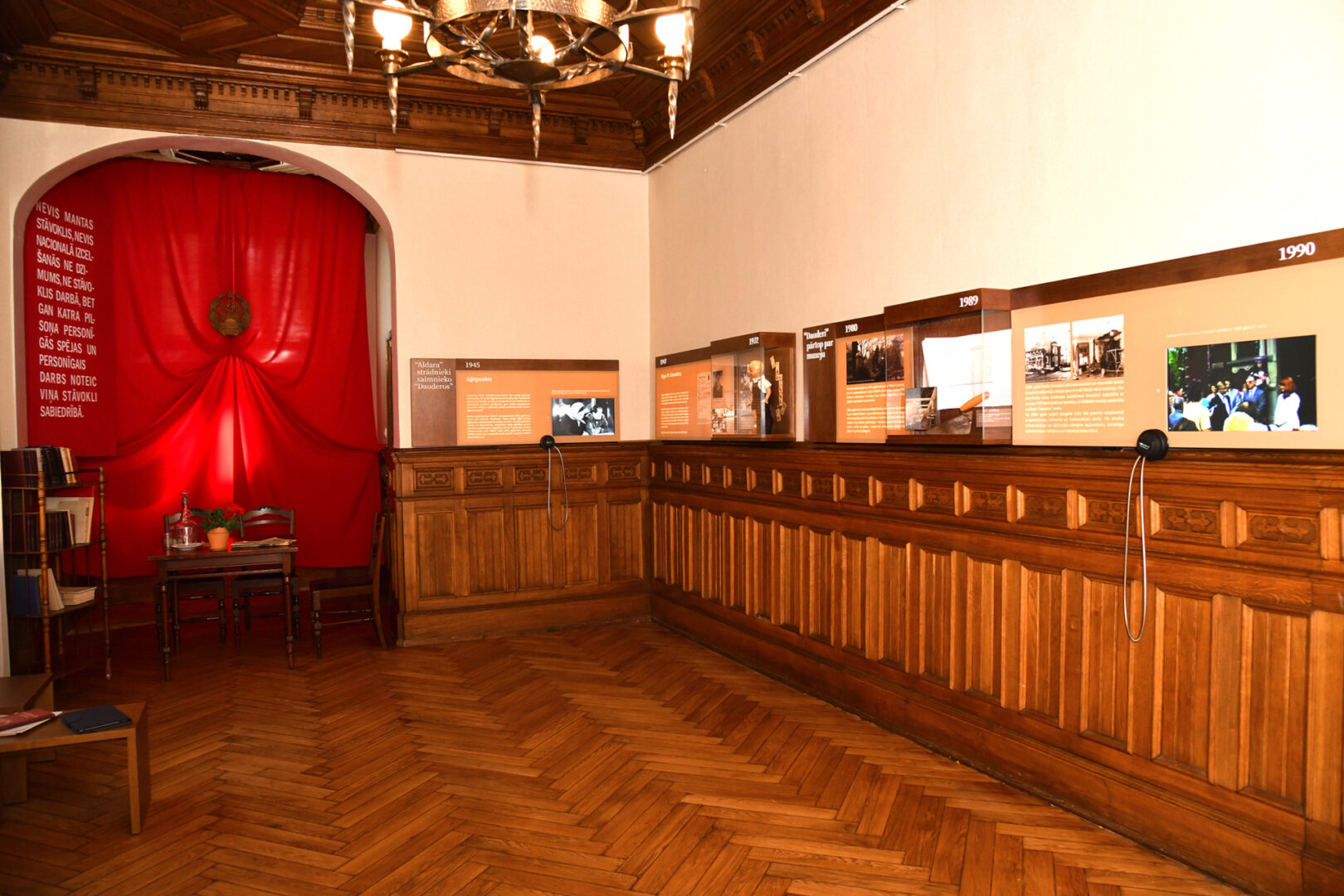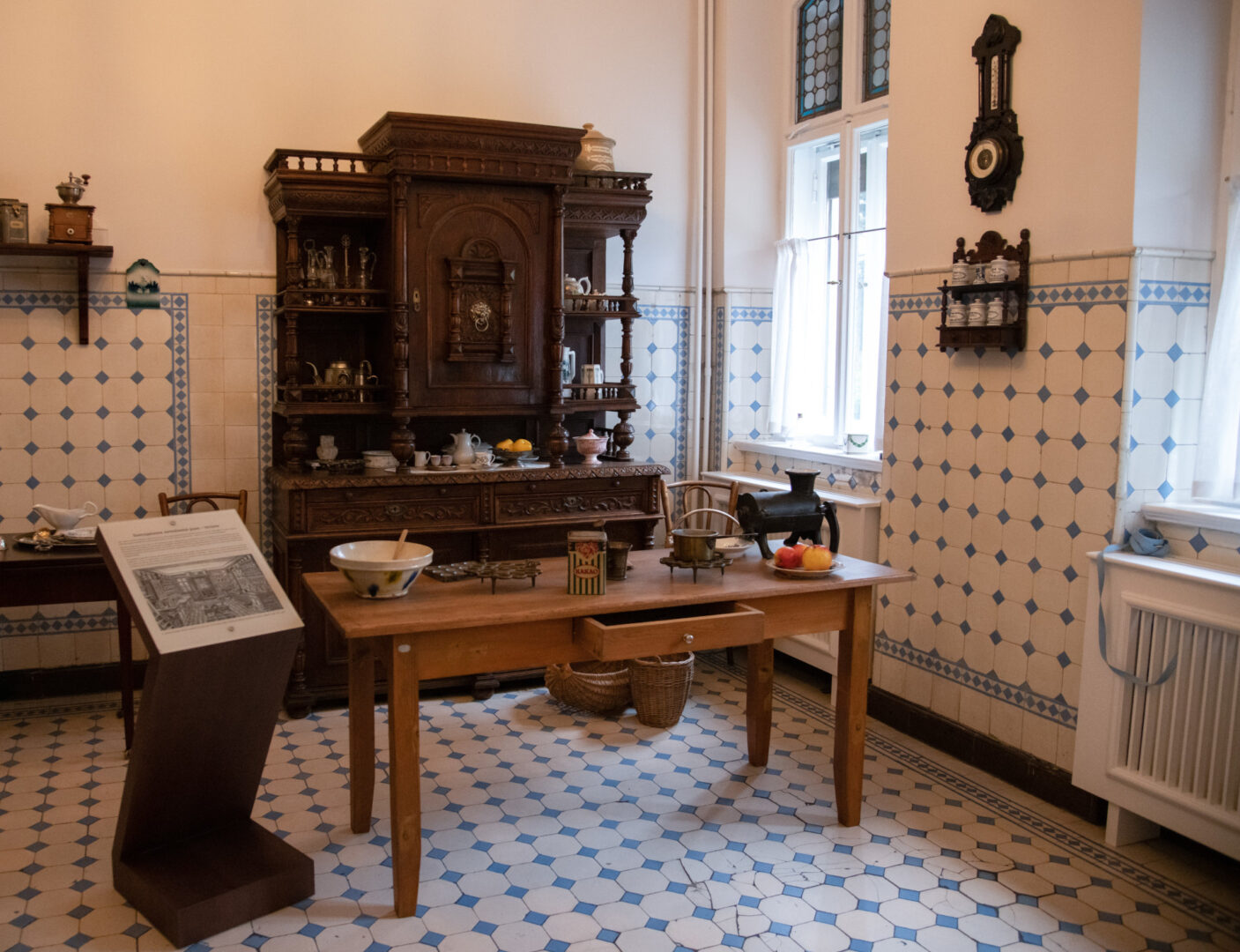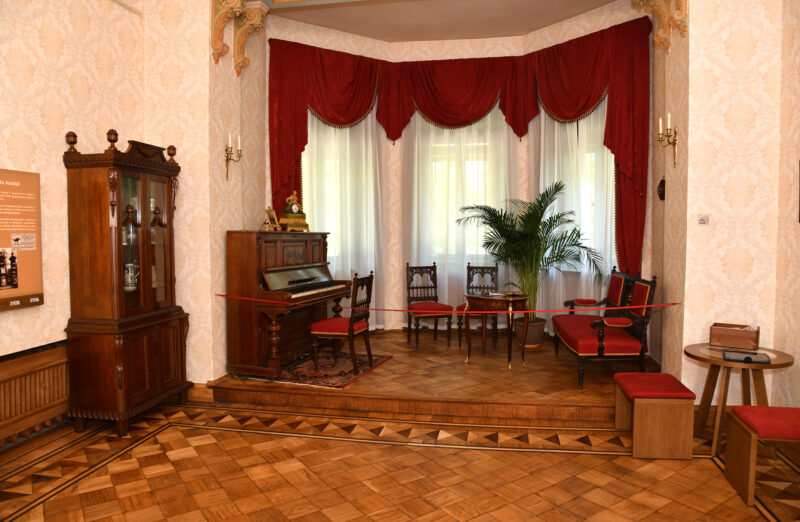
05.11.202510:00
/Exhibition
/Exposition
Dauderi exhibition
Dauderi permanent exhibition offers a possibility to see the gentlemen’s cabinet of the von Buengner villa, the study of Kārlis Ulmanis, learn about the fate of Dauderi during the Soviet era, as well as its development into a museum.
